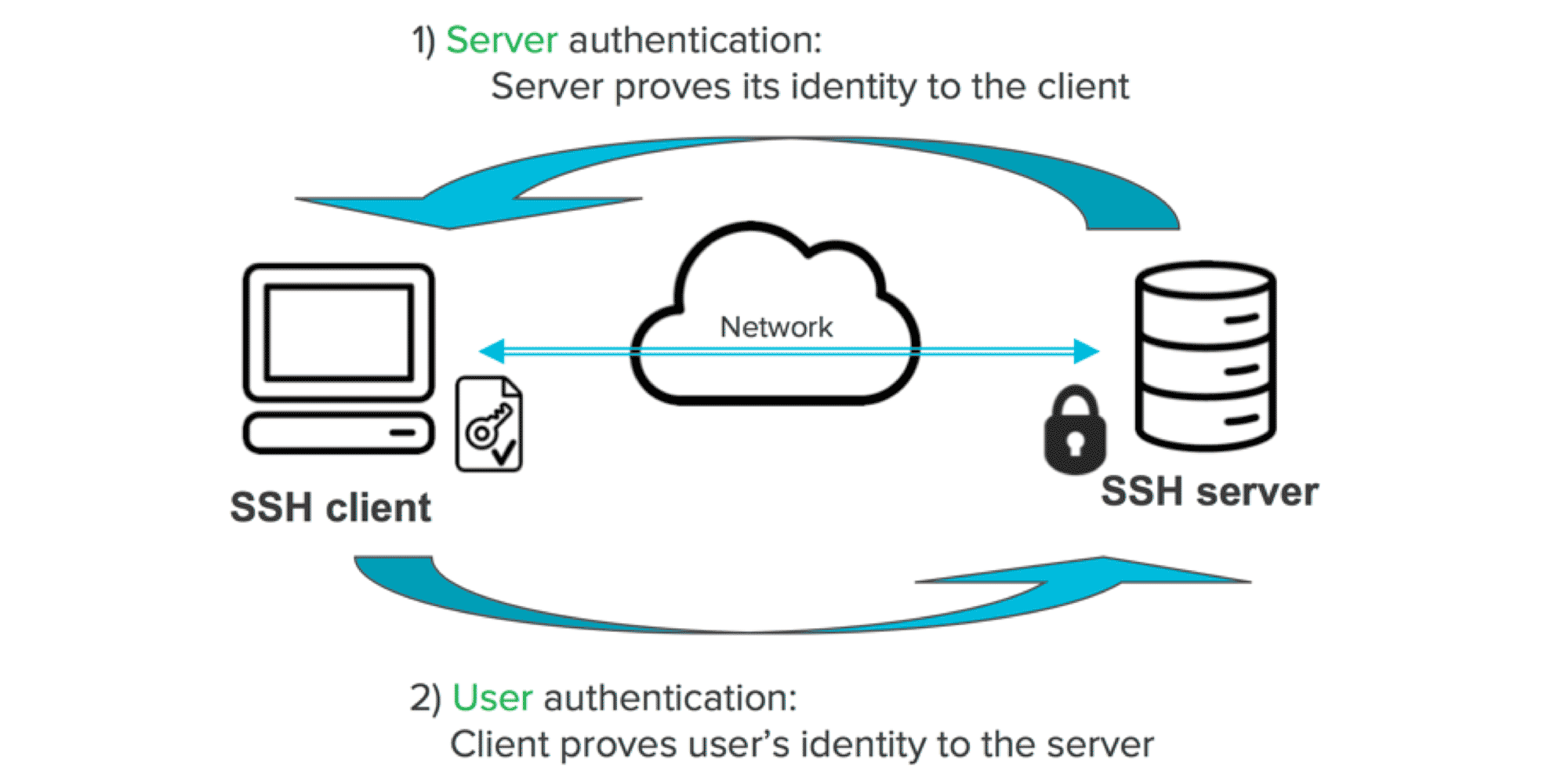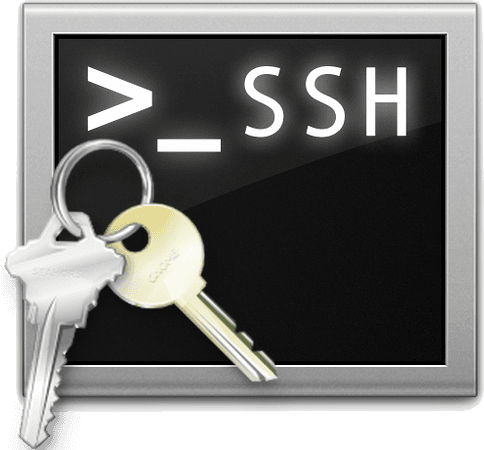
OPENSSH KEYS INSTALL
Debian Linux Install OpenSSH SSHD Server.Install OpenSSH server on Alpine Linux (including Docker).
OPENSSH KEYS HOW TO
How to install and upgrade OpenSSH server on FreeBSD.Audit SSH server and client config on Linux/Unix.OpenSSH Config File Examples For Linux / Unix Users.How To Set up SSH Keys on a Linux / Unix System.Top 20 OpenSSH Server Best Security Practices.

This entry is 2 of 23 in the Linux/Unix OpenSSH Tutorial series. Ubuntu / Debian Linux Server Install Keychain SSH Key Manager For OpenSSHĪnd, there you have it, ssh set up with public key based authentication for Linux or Unix-like systems.keychain: Set Up Secure Passwordless SSH Access For Backup Scripts.Read the following man pages using the man command:įor more info see the following resources: This page explained how to set up ssh keys for authentication purposes. See how to create and use an OpenSSH ssh_config file for more info. How do I create and setup an OpenSSH config file to create shortcuts for servers I frequently access? Do not share your private keys anywhere online or store in insecure cloud storage.Rsync -avr $HOME /.ssh user /path /to /encrpted /nas /partition / # Copy files to usb pen drive mounted at /mnt/usb # cp -avr $HOME /.ssh / /mnt /usb /backups / $ sudo vim +/PermitRootLogin /etc/ssh/sshd_configįind PermitRootLogin and set it as follows: OR directly jump to PermitRootLogin line using a vim text editor: See “ How To Add, Delete, and Grant Sudo Privileges to Users on a FreeBSD Server” for more info. Otherwise you will not able to login as root later on. Warning: Make sure you add yourself to sudoers files. Ssh /etc/ssh/sshd_config on using a text editor such as nano or vim: Login to your server, type: # client commands #
OPENSSH KEYS PASSWORD
Trap "kill $SSH_AGENT_PID" 0 4: Disable the password based login on a server You can also add something like the below to your shell startup to kill ssh-agent at logout: When you log out kill the ssh agent, run: Ssh user can list public key parameters of all identities with the -L option:ĭeleting all private keys from the ssh-agent can be done with the -D option as follows: Use scp or ssh-copy-id command to copy your public key file (e.g., $HOME/.ssh/id_rsa.pub) to your account on the remote server/host (e.g., To do so, enter the following command on your :

Your identification has been saved in /Users/vivek/.ssh/id_rsa. Sample outputs: Generating public/private rsa key pair.Įnter file in which to save the key (/Users/vivek/.ssh/id_rsa):Įnter passphrase (empty for no passphrase): You must generate both a public and a private key pair. How do I set up public key authentication? Test your password less ssh keys login using ssh command.Disable the password login for root account.Add yourself to sudo or wheel group admin account.Copy and install the public ssh key using ssh-copy-id command on a Linux or Unix server.Create the ssh key pair using ssh-keygen command.This method is recommended on a VPS, cloud, dedicated or even home based server. It is an alternative security method to using passwords. OpenSSH server supports various authentication schema. OpenSSH ssh client and friends on Linux (Ubuntu, Debian, BSD, RHEL, CentOS, MacOS/OSX, AIX, HP-UX and co).


 0 kommentar(er)
0 kommentar(er)
